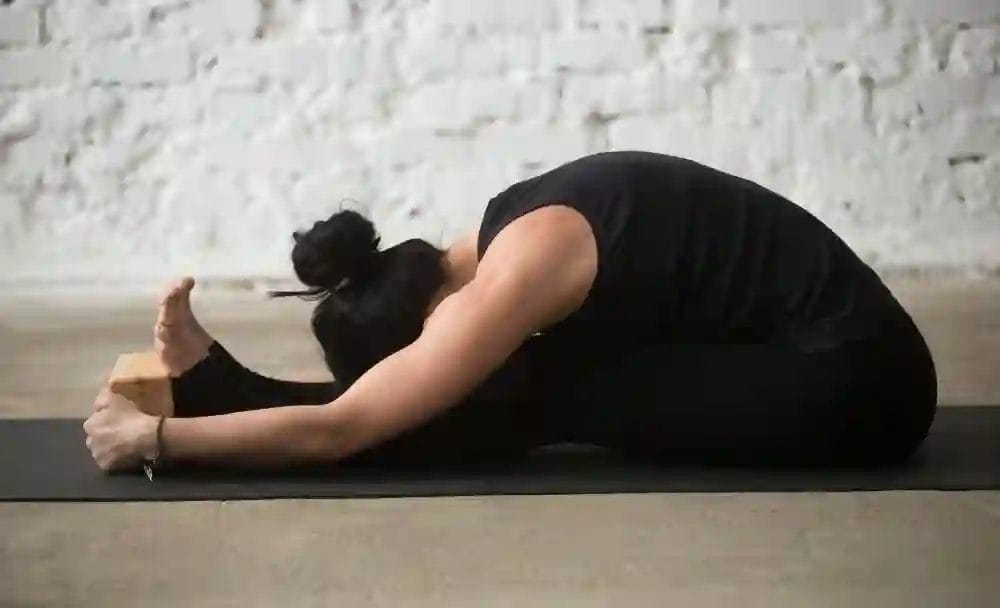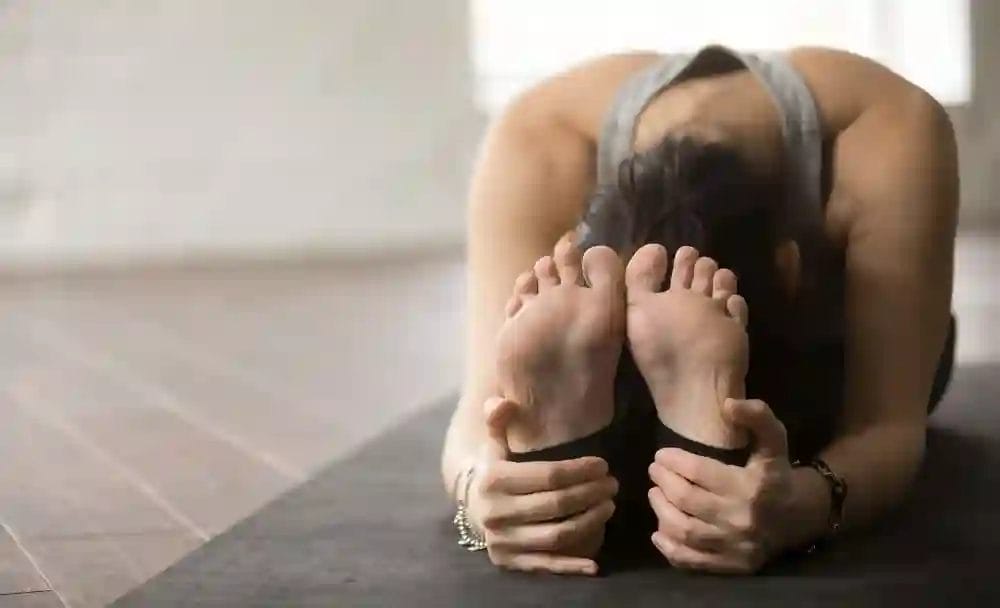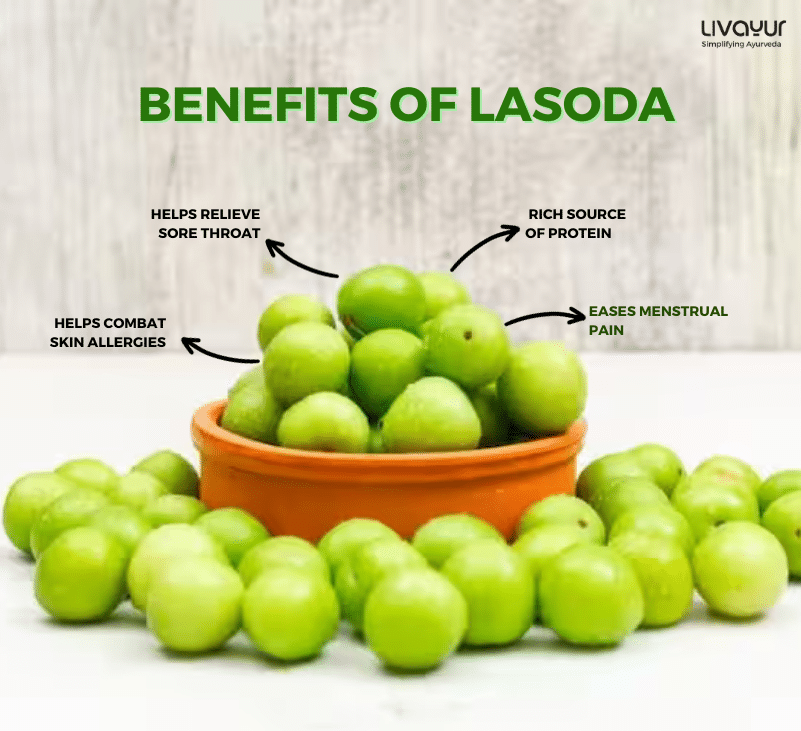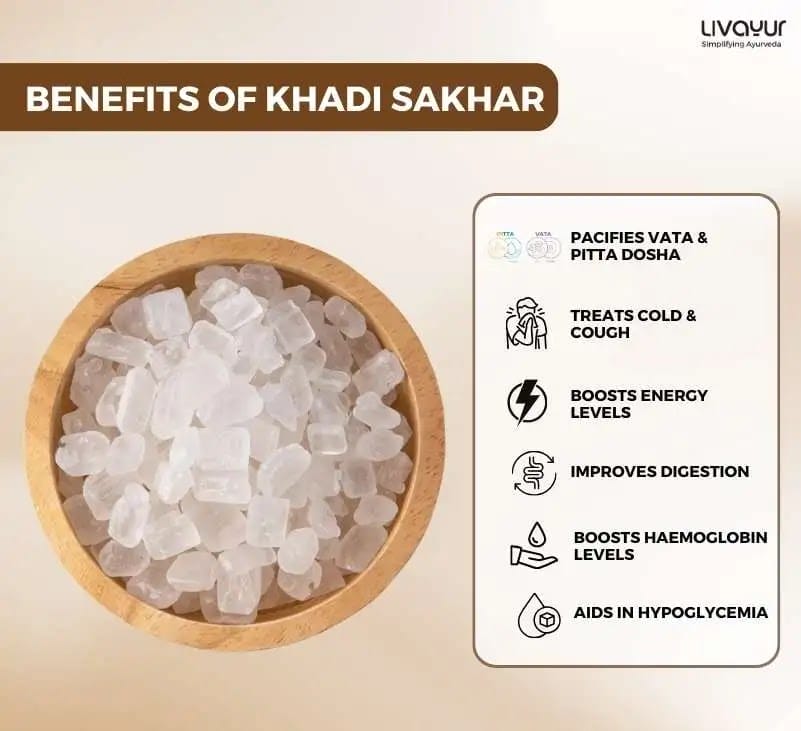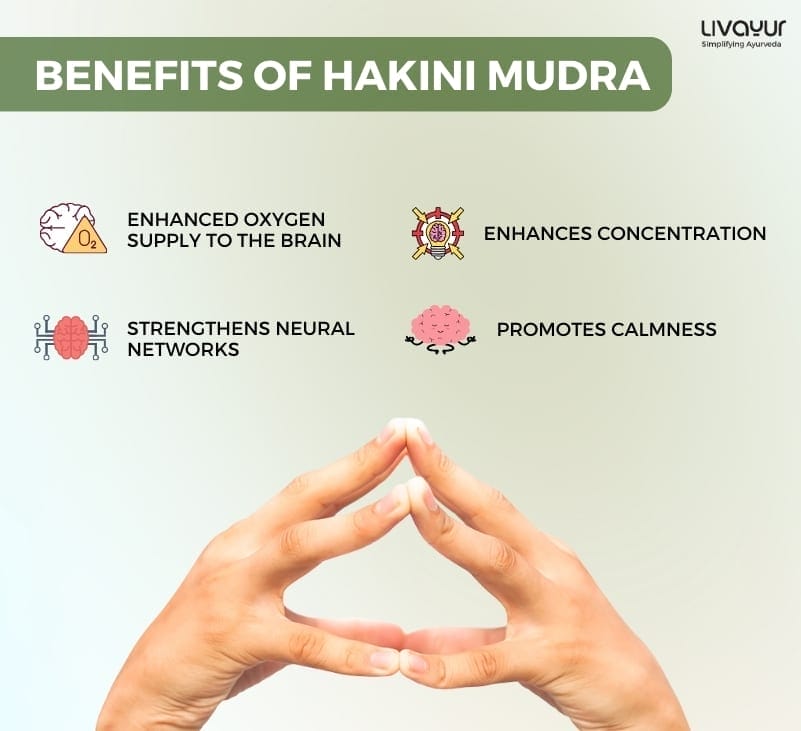This article is reviewed by an expert
Paschimottanasana, also known as the Seated Forward Bend Pose, is an excellent yoga asana that provides a range of physical and mental health benefits.
It is an essential part of the Hatha yoga practice and is highly recommended for anyone looking to improve their digestive, muscular, and mental health.
Let’s find out more about Paschimottanasana and its benefits and procedure in this article.
Paschimottanasana Procedure (1)
- Sit on the floor with your legs straight in front of your body, and place your hands on your thighs. Breathe normally.
- Next, inhale and raise both arms straight above your head. Then, slowly exhale and lower your arms onto your thighs.
- Relax your whole body, especially your back muscles.
- Slowly bend your body forward, aiming to touch your forehead to your knees. If you are not able to touch your forehead to your knees, try to grasp your big toes with your fingers and thumbs. If this also seems difficult, hold onto your heels.
- Try to remain in this position from 15 to 60 seconds, focusing on your breath and trying to deepen the stretch.
- Inhale and come back into the sitting position with your arms stretched out.
- Exhale and lower your arms back onto your thighs.
- Repeat this pose a few times for maximum benefits.
Paschimottanasana Benefits (1)
Digestion
Primary Benefits: Paschimottanasana stimulates gastric fire, which aids in digestion.
Secondary Benefits: It is hence useful in the management of several gastrointestinal disorders like bloating and flatulence.
Spinal Cord and Nerves
Primary Benefits: The spinal nerves are stretched during Paschimottanasana, providing energy to the body and strengthening the spinal cord.
Secondary Benefits: As a result, this yoga pose helps prevent and manage spinal cord-related diseases like spondylitis and slipped discs.
Muscle Strength
Primary Benefits: Paschimottanasana provides extensive stretching to the hamstrings and hip muscles, strengthening these muscles in the process.
Secondary Benefits: It also helps increase blood flow to these areas and tone and shape these muscles.
Blood Circulation and Nutrient Supply
Primary Benefits: Paschimottanasana improves blood circulation and nutrient supply to the body, thereby releasing tension and toning the nervous system.
Secondary Benefits: In addition, toxins are also removed from the body, improving the flow of Prana and making the body more flexible.
Mental Health
Primary Benefits: Paschimottanasana enhances not only physical health but also mental health.
Secondary Benefits: It is known to reduce stress and anxiety and promote the overall health of the body and mind.
Tips for Beginners (1)
If you are a beginner and want to try Paschimottanasana, here are some tips to keep in mind:
- Begin by sitting in Dandasana (Staff Pose) with your legs straight out in front of you and your hands on the floor beside your hips. This will help to lengthen your spine and prepare your body for the forward bend.
- Slowly raise both arms straight out to the sides and up over your head to further lengthen the spine.
- As you bend forward, focus on bending from the base of your spine and maintaining a relaxed position throughout the pose.
- If you are unable to touch your toes, start by holding onto your ankles instead. It’s important not to push yourself too hard and to gradually work your way into the pose.
- Take a few deep breaths to help relax your body and deepen the stretch in your hips and hamstrings.
- Remember to listen to your body and not force yourself into the pose if it feels uncomfortable or painful. With regular practice, you will be able to deepen your stretch and hold the pose for longer periods of time.
Caution (1)
- Do not bend your knees while performing this pose.
- Avoid bouncing to achieve the stretch; move slowly and gradually.
- If you have recently undergone abdominal or spinal surgery, avoid this yoga pose, as it can create pressure on the abdomen.
On a Final Note
Paschimottanasana, or the Seated Forward Bend Pose, is a beneficial Yoga Asana that promotes physical and mental well-being.
By following the proper procedure and taking note of the benefits, you can easily incorporate this asana into your practice.





